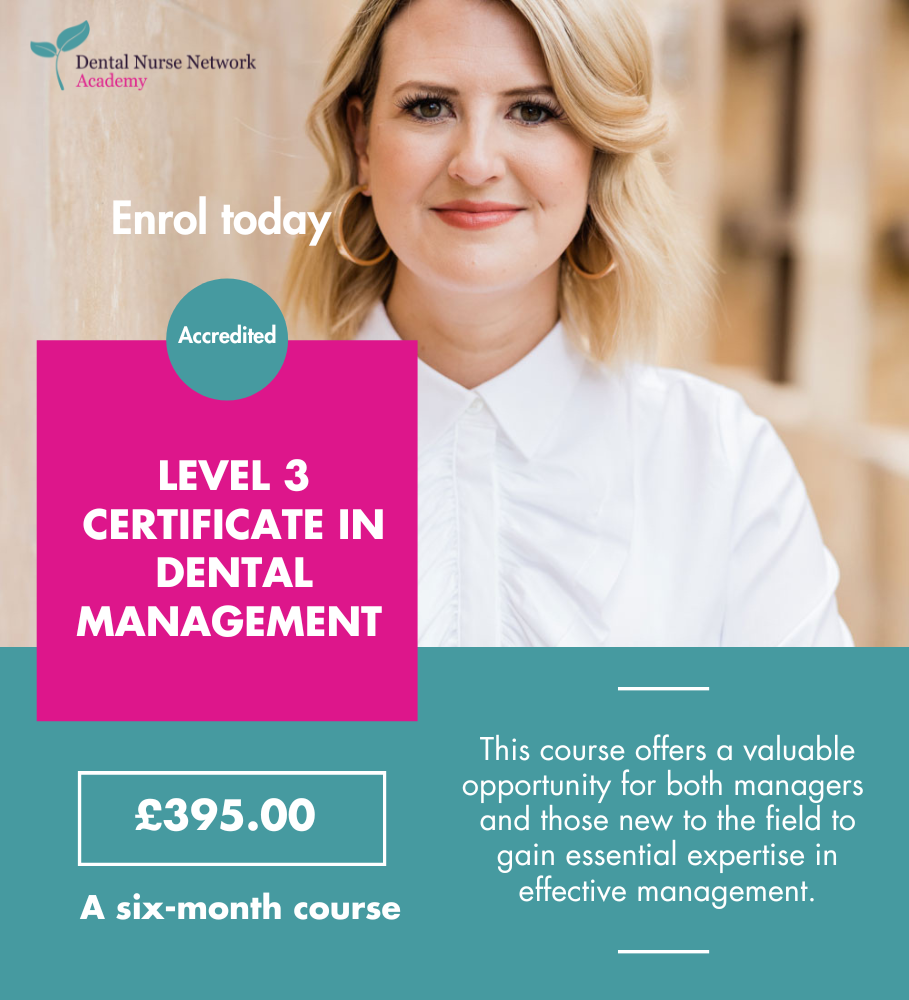In Dentistry we use “Black’s Classification of Caries Lesions” to determine the class of caries (decay) and the type of restoration required. G.V Black is known as one of the founders of modern dentistry and created this system in the early 1900’s. There are five classes traditionally.
Class I
• Caries that affects the pits and fissures of posterior teeth (premolars and molars) on the occlusal, buccal and lingual surfaces. The lingual surface of anterior teeth is also Class I.
Class II
• Caries that affects the proximal surfaces (mesial and distal) of premolars and molars.
Class III
• Caries that affects the proximal surfaces of central, lateral and canine teeth.
Class IV
• Caries that affects the proximal surfaces of anterior teeth but also involves the incisal edge.
Class V
• Caries that affects the gingival 1/3 of the buccal or lingual surface on anterior and posterior teeth.
In Dentistry we use “Black’s Classification of Caries Lesions” to determine the class of caries (decay) and the type of restoration required. G.V Black is known as one of the founders of modern dentistry and created this system in the early 1900’s. There are five classes traditionally.
Class I
• Caries that affects the pits and fissures of posterior teeth (premolars and molars) on the occlusal, buccal and lingual surfaces. The lingual surface of anterior teeth is also Class I.
Class II
• Caries that affects the proximal surfaces (mesial and distal) of premolars and molars.
Class III
• Caries that affects the proximal surfaces of central, lateral and canine teeth.
Class IV
• Caries that affects the proximal surfaces of anterior teeth but also involves the incisal edge.
Class V
• Caries that affects the gingival 1/3 of the buccal or lingual surface on anterior and posterior teeth.


